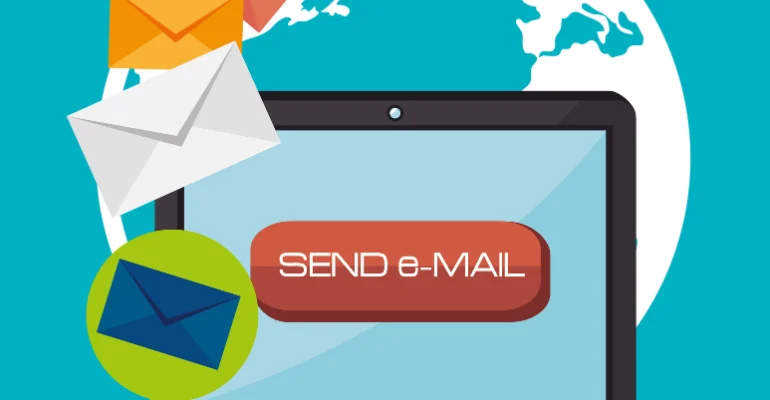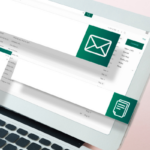Conquering Email Send Anxiety: 5 Expert Tips
Preparing to launch your campaign to your audience is a thrilling moment for any marketer. It’s the culmination of hard work and creativity. Yet, as you hit “send,” a wave of anxiety may wash over you, realizing that the message is now beyond your control. To help you navigate through this apprehension, we’ve compiled five invaluable tips to empower you to send your emails with confidence.
Tackling Broken Links
The fear of broken links is entirely justified. We’ve all experienced the frustration of encountering them in emails. Besides diminishing your email’s professionalism, broken links can irk your subscribers, tarnish your brand’s image, and undermine your marketing efforts.
Solution: Start by conducting a quality assurance test by sending your email to both yourself and a colleague to verify all links. Additionally, leverage resources like our Pre-send Campaign Checklist and Tools for a comprehensive overview of pre-sending checks. Remember, if a broken link slips through, don’t panic. Sending a follow-up apology email with the correct link demonstrates transparency and humility, qualities that resonate with audiences.
Combatting Typos
Typos, though seemingly minor, can detract from your professionalism as a marketer. While they may not distort your message entirely, they signal to your audience a lack of attention to detail.
Solution: Prior to sending your email, read it aloud slowly, paying close attention to each word. Printing out the email for a thorough review can also aid in spotting errors, as reading from paper allows for heightened attention to detail compared to digital screens. Additionally, enlist proofreading buddies, ideally those with editing experience, to catch any oversight.
Ensuring Elements Render Correctly
When emails fail to render properly in terms of imagery, colors, or fonts, they lose their appeal to subscribers, potentially leading to disengagement or even unsubscribes.
Solution: To alleviate this concern, send quality assurance test emails to colleagues using different email clients to assess how your email renders across various platforms. It’s essential to test your campaign on both desktop and mobile devices to ensure optimal viewing experience for all recipients.
Addressing Suboptimal Results
The anticipation of disappointing campaign results can induce anxiety among marketers. However, understanding that not every email needs to be a runaway success is key to overcoming this fear.
Solution: Permit yourself to experiment and refine your strategies over time. Clearly define objectives for your campaigns, ensuring alignment with your brand’s goals. Incorporate clear calls to action and consider A/B testing elements such as subject lines, content, design, and timing to optimize engagement and conversions. Leverage tools like Emma by Marigold for simplified A/B testing and preview your campaign with live data to ensure dynamic content displays correctly.
Avoiding Sending to the Wrong List
Sending campaigns to the wrong audience can have dire consequences, including damaging your brand’s reputation and diminishing engagement rates.
Solution: Maintain clean and updated email lists, implement robust segmentation practices, and meticulously review recipient lists before sending any campaign. Adopt a clear naming convention for your lists to ensure easy identification and exclude unintended recipients. Always double-check the list before hitting send to mitigate the risk of sending to the wrong audience.
Embrace the Send Button with Confidence
While pre-send anxiety is natural, it shouldn’t hinder your progress as a marketer. By implementing the solutions outlined above and creating a comprehensive email send checklist, you can navigate through send anxiety and approach each campaign launch with confidence. Remember, mistakes happen, but it’s how you respond and learn from them that propels your growth as a marketer.






